To convince someone of the truth, it is not enough to state it, but rather one must find the path from error to truth
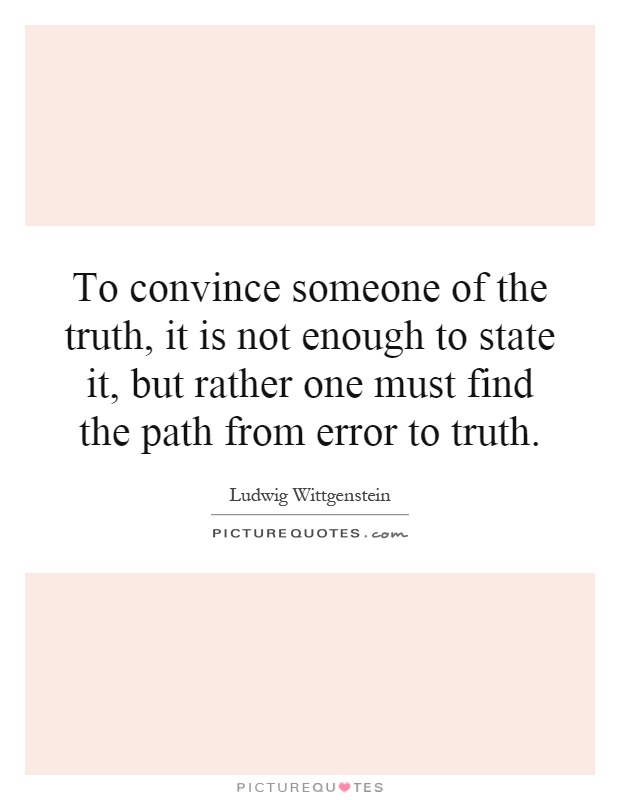
To convince someone of the truth, it is not enough to state it, but rather one must find the path from error to truth
Ludwig Wittgenstein, an Austrian-British philosopher, is known for his work in logic, the philosophy of language, and the nature of knowledge. One of his key ideas is the importance of understanding the context in which statements are made in order to truly grasp their meaning. This idea is particularly relevant to the notion that to convince someone of the truth, it is not enough to simply state it, but rather one must find the path from error to truth.Wittgenstein believed that language is a complex system of rules and conventions that govern how we communicate with one another. He argued that the meaning of a statement is not determined solely by the words used, but also by the context in which they are used. This means that in order to truly understand a statement, one must consider the broader context in which it is made, including the beliefs, assumptions, and intentions of the speaker.
In the context of convincing someone of the truth, Wittgenstein's ideas are particularly relevant. Simply stating a truth may not be enough to persuade someone who holds a different belief or perspective. In order to truly convince someone of the truth, one must first understand the context in which their beliefs are rooted. This may involve uncovering the underlying assumptions, biases, or misconceptions that are leading them to hold onto a false belief.
Once the context of the false belief is understood, one can then begin to guide the individual along the path from error to truth. This may involve presenting evidence, offering logical arguments, or engaging in dialogue to challenge and reshape their beliefs. By taking the time to understand the context in which the false belief is held, one can tailor their approach to effectively persuade the individual of the truth.
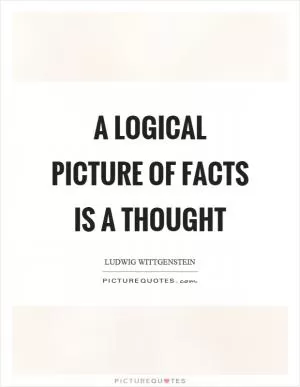


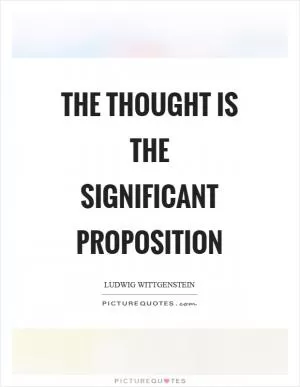

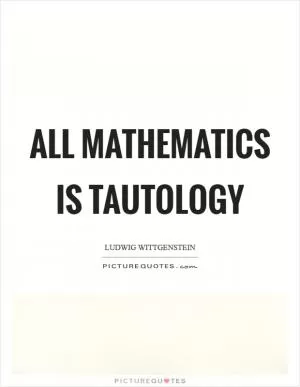



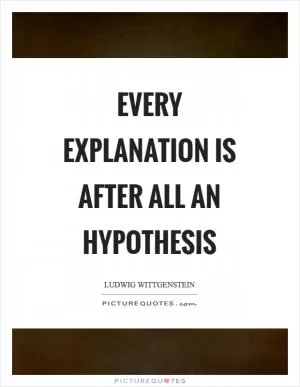
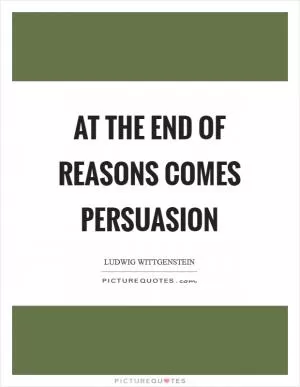
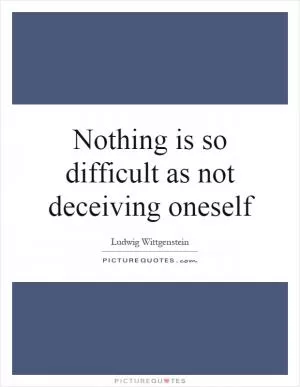
 Friendship Quotes
Friendship Quotes Love Quotes
Love Quotes Life Quotes
Life Quotes Funny Quotes
Funny Quotes Motivational Quotes
Motivational Quotes Inspirational Quotes
Inspirational Quotes